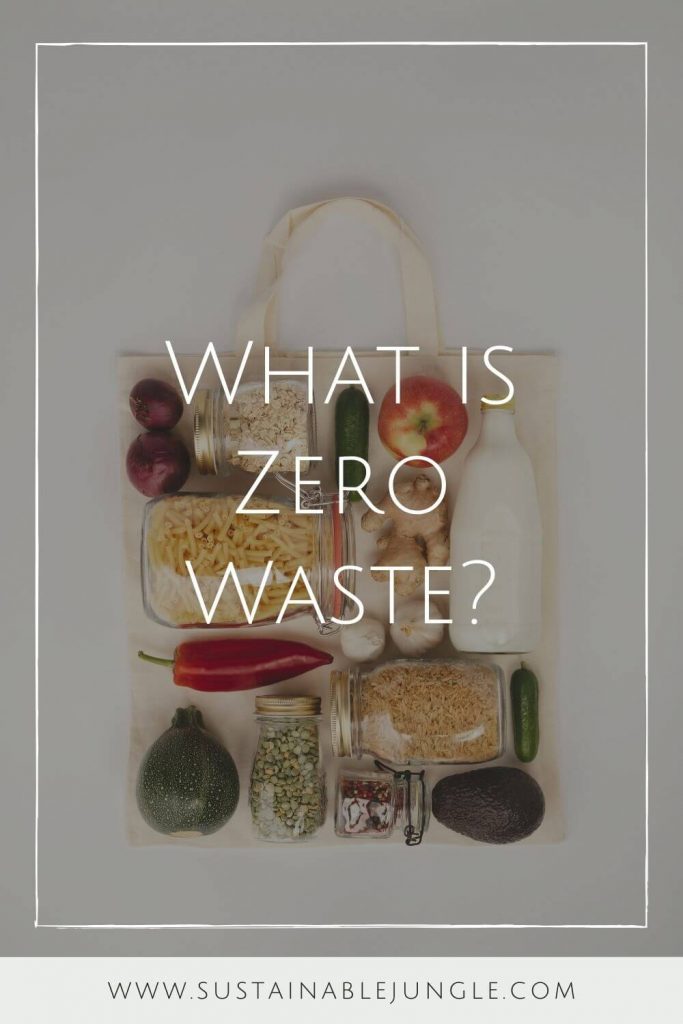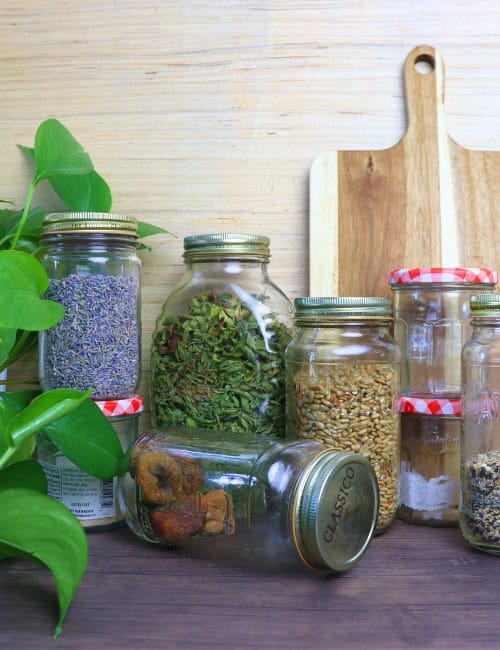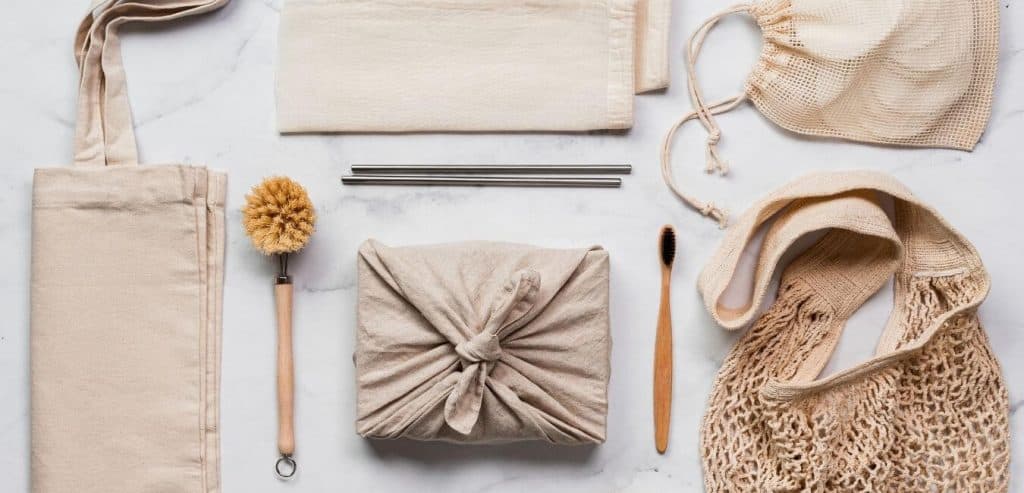
What Is Zero Waste?
Haven’t you heard?
Trash jars are trending. Plastic-free is popping. Even composting is downright cosmopolitan.
Seriously… rotting food is all the rage!
Much like the sustainable and ethical trends, zero waste living is getting a lot of press.
But what is zero waste? What does it aim to do?
The simple answer is this: send nothing to the landfill. Zip. Zilch. Zero.
Of course, the real answer is far more complex than that because it involves a redefinition of how we see our resources flow into waste and back again.
Like any Kant or Hegel, the philosophy of zero waste is a lot less simple than plastic = bad. That’s why we’re here to shine some light on the subject, and help you understand how zero waste goes beyond you opting to shop at some online bulk store.
So let’s talk trash, and how zero waste seeks to eliminate it at the very source.
ZERO WASTE: PAST, PRESENT, & FUTURE
Despite its recent trending status, it’s actually not a new concept.
The phrase was (very likely) coined by a California based company, “Zero Waste Systems Inc.” and was founded (also very likely) by chemist Dr Paul Palmer back in the 1970s.
But we’re here to talk about the future of zero waste, not the Past.
Looking to the future, we must understand there are two sides to zero waste: the practical side (which deals more with our actions as individuals / consumers) and the conceptual side (which deals with systematic design and function).
Much of the zero waste stuff we see in the press today deals with the practical side. The future of the planet, however, depends on the conceptual.
Let’s look more at how they differ.
IN PRACTICE: ZERO WASTE AS A LIFESTYLE
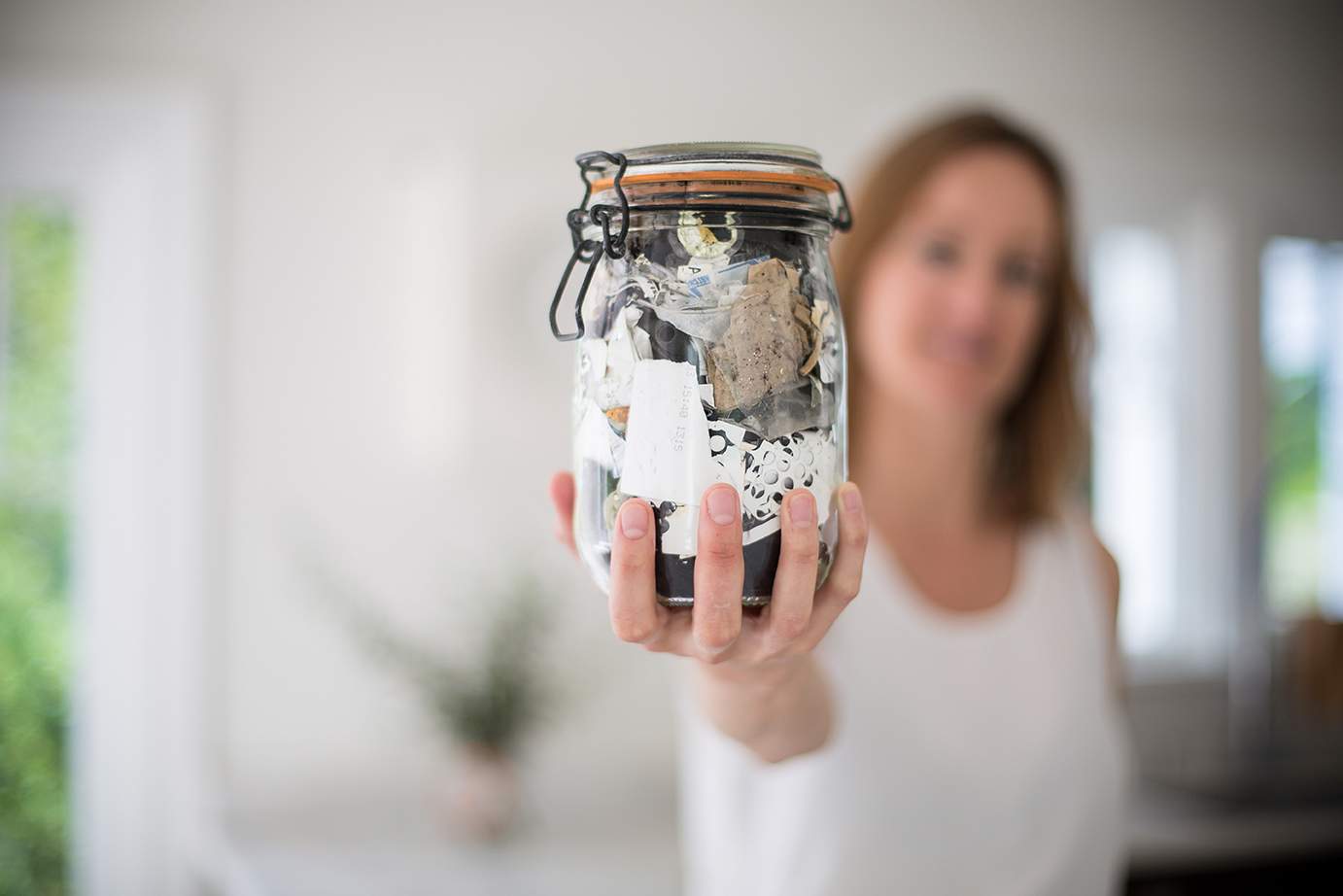
The city of San Jose, California best sums up zero waste in consumer practice: “Zero waste entails shifting consumption patterns, more carefully managing purchases, and maximizing the reuse of materials at the end of their useful life.”
Which is an eloquent way of referring to the 5 R’s…
The 5 R’s of Zero Waste
Based on the EPA’s Hierarchy of Material Management, the 5 R’s are not a new concept, though Bea Johnson of Zero Waste Home (pretty much the OG zero waster of the 21st century) is often attributed as bringing it to the public with her succinct (and catchy) summary.
The 5 Rs are essentially the order in which to reduce waste to optimize your low waste living lifestyle. Think of them as plans A, B, C, D, and E.
If you can’t do step one, move on to the next, and so forth:
- Refuse what you don’t need (single-use plastic, plastic grocery bags, non biodegradable trash bags, plastic razors, coffee cups etc.)
- Reduce what you do need (stop buying new clothes, cut back on how often you do laundry, don’t always upgrade for the latest smartphone)
- Reuse by either buying secondhand or repurposing things
- Recycle only that which can’t be eliminated by the former three
- Rot what’s left
There are many easy zero waste tips you can make employ to help tick off each of these Rs.
Recycling versus Zero Waste
Let’s touch on recycling again for a moment.
You may be thinking, “But I recycle all the time! Doesn’t that count as reducing my waste?”
To be quite blunt, no it doesn’t.
Whereas recycling seeks to manage and reduce garbage, zero waste seeks to eliminate waste (which entails more than just physical landfill trash). Recycling is merely a last resort of zero waste.
Setting aside the fact that only 5% of plastics we’ve been diligently putting in those blue bins are actually recycled, recycling is just not the environmental solution we all thought it was.
And it’s for this reason that glass in the glass vs plastic debate is no clear winner.
It’s simply a band aid hiding a septic wound that’s poisoning us all. Sorry for the visual. And considering that recycling often involves overseas shipment, it often does more harm than good.
The fact is, there’s simply no way to recycle ourselves out of the mess our gluttonous consumption has made.
The Issue with the Trash Jar
On a practical level, zero waste means we create no waste individually. You may be familiar with those intimidating little trash jars promoted by some dedicated zero wasters. The trash jar is a triumphant visual aid to prove how little garbage one can produce if they try.
Though the trash jar is a subject of debate among the zero waste community (because no garbage does not equal no waste), it symbolizes zero waste’s emphasis on putting effort into the zero waste products we consume.
After all, if you’re producing less garbage, you’re probably producing less forms of other waste, too.
Debate aside, if you need a trash jar to help motivate your zero waste journey, then all the plastic-free power to you!
Conscious Consumerism
Here at Sustainable Jungle, we promote conscious consumerism.
That is to say, we educate and give you the tools to live in accordance with the practical side of zero waste. This includes tips, tricks and hacks but also recommendations on which brands to support and products to buy.
Those who manufacture consumables with zero waste or sustainable living principles in mind. All so that you can live within the contents of your trash jar (whether physical or metaphorical), if you choose to.
With trial and error and a heap of research over the last few years, here are some of the categories we’ve covered:
Oh, and we’re big fans on the last R (rot) – it has saved us an enormous amount of waste that would otherwise have ended up in the landfill contributing to greenhouse gasses.
We’ve covered the benefits of composting, what is compostable and what is not compostable, compost bins, vermicomposting, and what you can do with your worm tea.
All these are designed to help you achieve zero waste on a personal level.
But how does that fit into the big picture of zero waste?
IN CONCEPT: ZERO WASTE AS A SYSTEMATIC SOLUTION TO WASTE
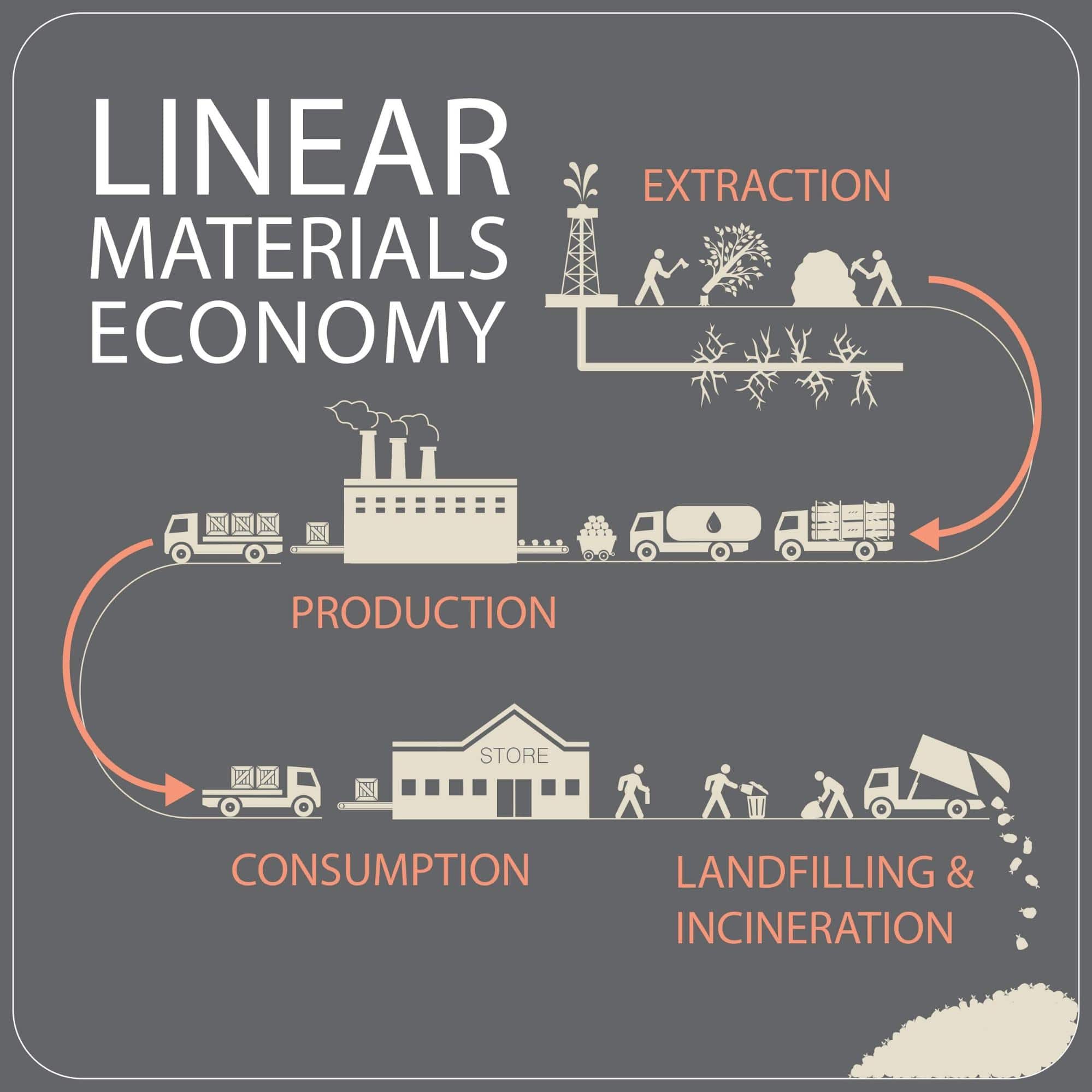
Unfortunately, limiting our personal waste to tiny jars isn’t enough when you consider most waste occurs long before you actually buy the product or when the product eventually hits the landfill.
In fact, for every jar (or bin or dumpster) of trash filled, 87 more came from actually manufacturing those items.
The problem is much bigger than whether we as individuals choose to wear cotton or nylon.
Having said that, the conceptual side of zero waste offers a powerful holistic solution to the problem that us ordinary consumers can’t directly influence.
The most common, internationally accepted definition of the wide-scale view of zero waste is that by the Zero Waste International Alliance. As per its latest update in late 2018, the definition of zero waste is:
“The conservation of all resources by means of responsible production, consumption, reuse, and recovery of products, packaging, and materials without burning and with no discharges to land, water, or air that threaten the environment or human health.”
As much change as we make downstream, the change has to happen upstream, too, by addressing the source of the problem (i.e. the design of the product): disposable to reusable, cheap to durable, and synthetic to organic.
Zero waste achieves this by redefining our approach to resources into a “cradle to cradle” production model.
Cradle to Cradle, Not Cradle to Grave
Society currently operates via a one-way train of Extraction-Production-Consumption-Disposal.
At the end of the line, products are thrown away, never to be used again (except in the production of greenhouse gases). This is called “cradle-to-grave”.
Zero waste takes this linear industrial system and makes it a cyclical one, just as in nature itself. Think about it: nothing in nature is trash. Literally EVERYTHING is reused to create something new.
The State of Connecticut sums it up nicely: “Instead of viewing used materials as garbage in need of disposal, materials are recognized as valuable resources. A pile of ‘trash’ represents community and economic opportunity, including jobs and new products from raw materials.”
By taking discarded resources and integrating them into the production system, we could realistically create a closed-loop system.
That said, not all materials are valuable resources and provide little reuse value (some might even prove more harmful to try to reuse).
Those materials, like petroleum-based plastics, must be entirely phased out of production in a zero waste system.
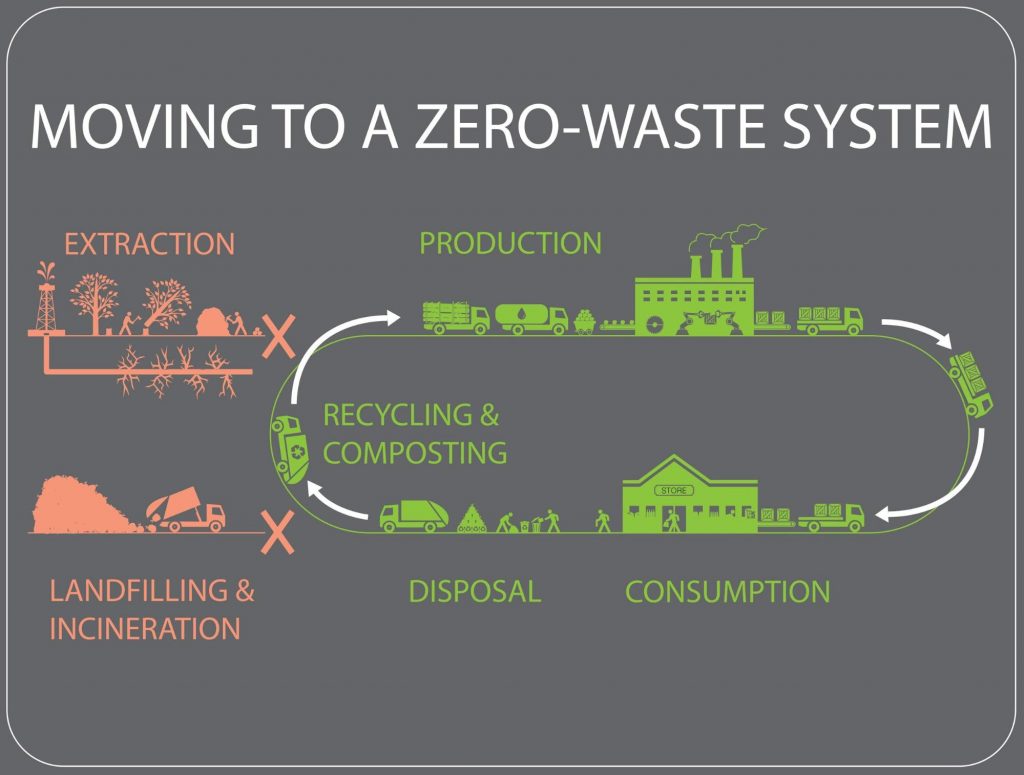
Beyond the Individual
For this to become a reality, we need systemic change, we need rules and regulations upholding manufacturer responsibility (both in resource extraction, product design, and production itself).
We also need a resource recovery infrastructure to replace landfills and incinerators. If you consider how few municipalities even offer community composting, we’re failing pretty hard at that right now.
Some organizations, like UL, are working to help communities, businesses, and industries work toward a more sustainable model (like practicing insetting). They award different levels of certification based on the percentage of waste they divert from landfills.
The top tier, of course, is 100% landfill diversion.
While certifiable zero waste communities have, for a long time, been limited to rather small towns and communities, larger cities are catching on.
Los Angeles, California, for example, has set the goal of being zero waste by 2025.
WHY ZERO WASTE?

So we’ve talked about the differences.
By now you may be wondering, “Okay, it seems that when you look at it all, the practical side of zero waste is small potatoes compared to a systematic overthrow. Can one person actually make a difference?”
YES! Your Zero Waste choice matters!
We definitely don’t want you to go away from this thinking that your trash jars and reusable grocery bags are for naught.
While we consumers may have little control over the industry itself we do have control over other things that ultimately drive the industry forward. Our small choices inherently affect the direction it will go.
Our habits have a direct impact on the future of the planet. The brands we choose to support and products we buy inform manufacturers on what sorts of things to make.
If we don’t buy cheap, disposable items, they’ll stop making them. The less we buy, the less will need to be made at all.
Remember the star fish parable?
That is you and me and everyone else. Everyday we vote for the kind of world we want to live in.
Not to beat a dying planet, but we’re running out of time to wait for the system to change itself.
The population is growing exponentially, so much that the U.N. predicts our planet will have to support another billion bodies in just ten more years. The problem is, the planet and its finite resources simply can’t support that, at least not at the current rate of extraction.
At the same time, we’re producing a massive amount of trash. As in 4.5 pounds per person per day in America, according to the EPA. Somewhere between 60-80% is plastic that winds up in the ocean.
Worse, all this excessive production and waste is at the heart of climate change, for which zero waste is one of the fastest, easiest and most effective solutions.
Zero waste is no longer optional; it’s necessary, and it starts with empowered individuals.
Choose products that are less toxic, more durable, reusable and repairable and our throw-away culture will hopefully be the last thing that ends up in a landfill.
WHERE TO START YOUR ZERO WASTE JOURNEY?
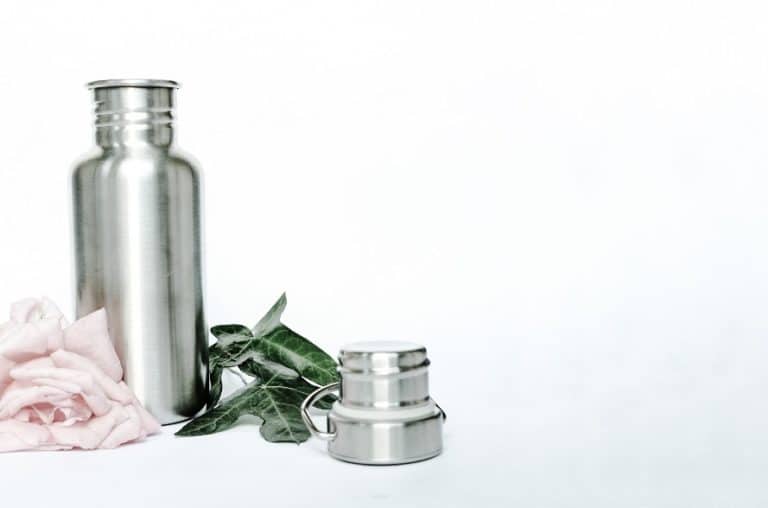
When it comes to purchasing, second-hand is always the most sustainable. And if you can’t source pre-loved goods then prioritize brands that are committed to doing better.
Brands that create sustainable and quality alternatives that can be repaired, reused, and eventually (if need be) recycled.
Opting for a zero waste online store or general ethical online shop is a good place to start reducing your footprint.
Here’s a list of categories we’ve vetted for responsible brands that are creating goods with the environment in mind (and we’ll continue adding to this list as we do more research):
In the meantime, start building your own zero waste kit by making these zero waste swaps which will overtime save an enormous amount of waste:
- Eco friendly reusable water bottle: We all know how wasteful water bottles are. Yet still, we buy over 1 million of them per minute, according to EcoWatch. Just say no!
- Reusable coffee cup: We love guilt-free coffee (that also stays warm for hours). Switch to an insulated stainless steel coffee cup and you’ll help save 25 billion styrofoam cups that get thrown away per year. You’ll also save money as many gas stations and coffee shops offer discounts for bringing your own cup.
- Eco friendly cutlery: The amount of waste and pollution created by the life of plastic utensils is horrifying. Avoid using new plastic cutlery every time you buy lunch by keeping a set of either bamboo or stainless steel cutlery with you.
- Reusable shopping bags: According to Ecowatch, 1 million plastic bags are used every minute, despite that this is likely the single easiest plastic to refuse. Take your own bag every time you go shopping. It can be virtually any bag you have lying around the house.
- Zero waste food containers: From buying groceries in bulk to getting takeaway in reusables, you can save on landfill waste by using a few simple jars or being diligent about remembering those plastic free food storage containers and eco friendly lunch bags and boxes.
FINAL THOUGHTS ON – WHAT IS ZERO WASTE?
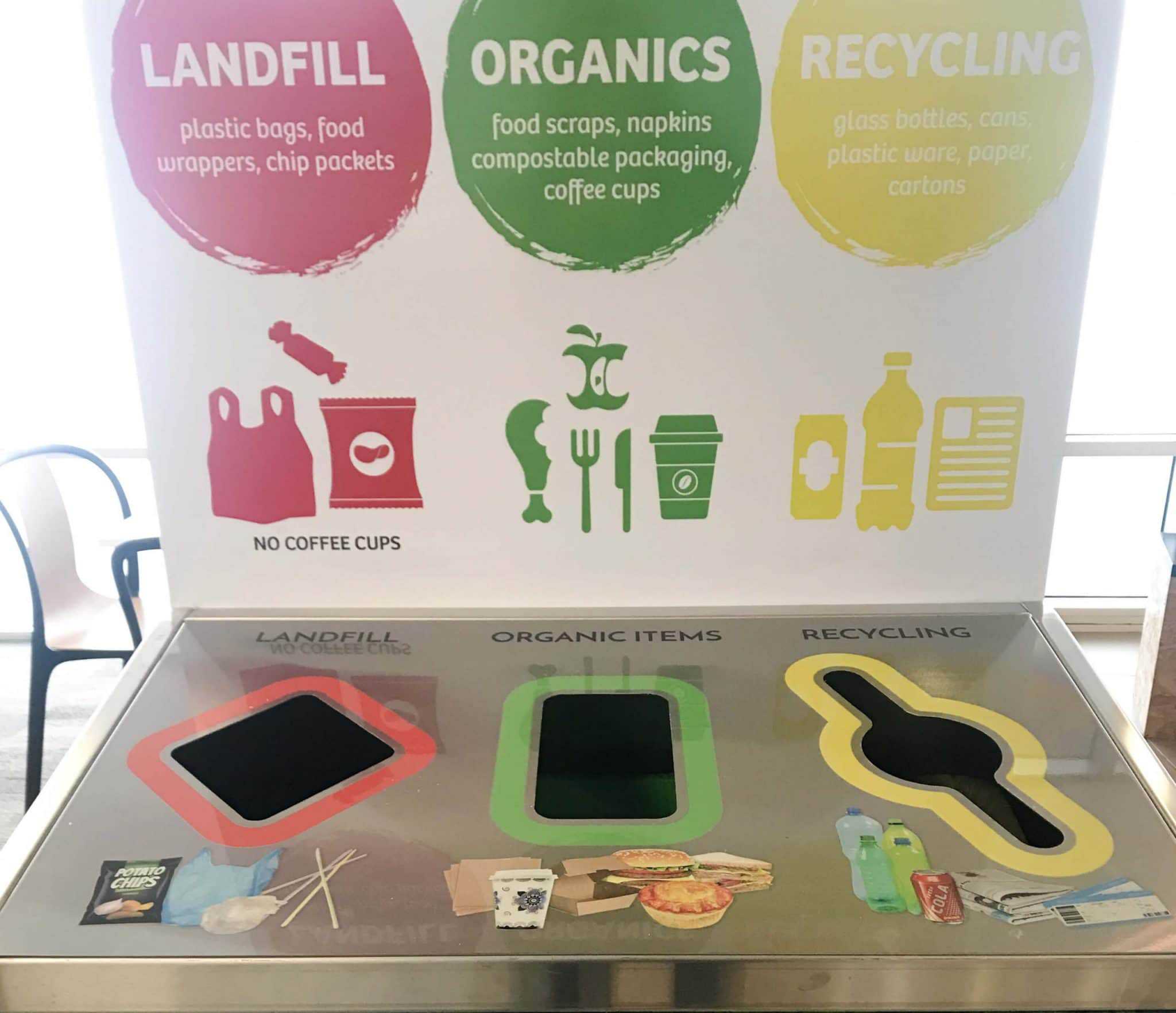
We spend a lot of our time… no, scratch that… all of our time discussing sustainable living.
From personal care products to travel, to composting, to fashion, to technology… you get the point!
But the goal of zero waste is very much at the core of everything we strive for. It’s the underlying concept that drives much of our lifestyle changes and habits.
For those who are new to the zero waste game, we know it can seem overwhelming. But you don’t have to be perfect. Nobody is. Cliché as it might sound, zero waste is a journey, not a destination.
And every journey has its bumps. Our’s sure has!
Small incremental changes that make the difference. Taking on board just one of those changes above will make a huge difference.
Zero Waste is the future. It has to be. The world is not getting smaller, population growth will continue, our resources are finite and we need to make this planet a sustainable home for all.
And we, as conscious consumers, have the power to adopt a lifestyle that will contribute to a natural, beautiful and sustainable future.
We’re really excited about this journey and we’ll be sharing all our insights, tips and tricks to live a more sustainable and zero waste lifestyle with you!
In the meantime, let us know in the comments if you have any questions or stellar zero waste hacks. Then help us spread the word about waste by sharing this article.
It’s essential that as many people as possible change the way we define waste. Zero waste is not just a means to a better future for the planet, but a future for it at all.
